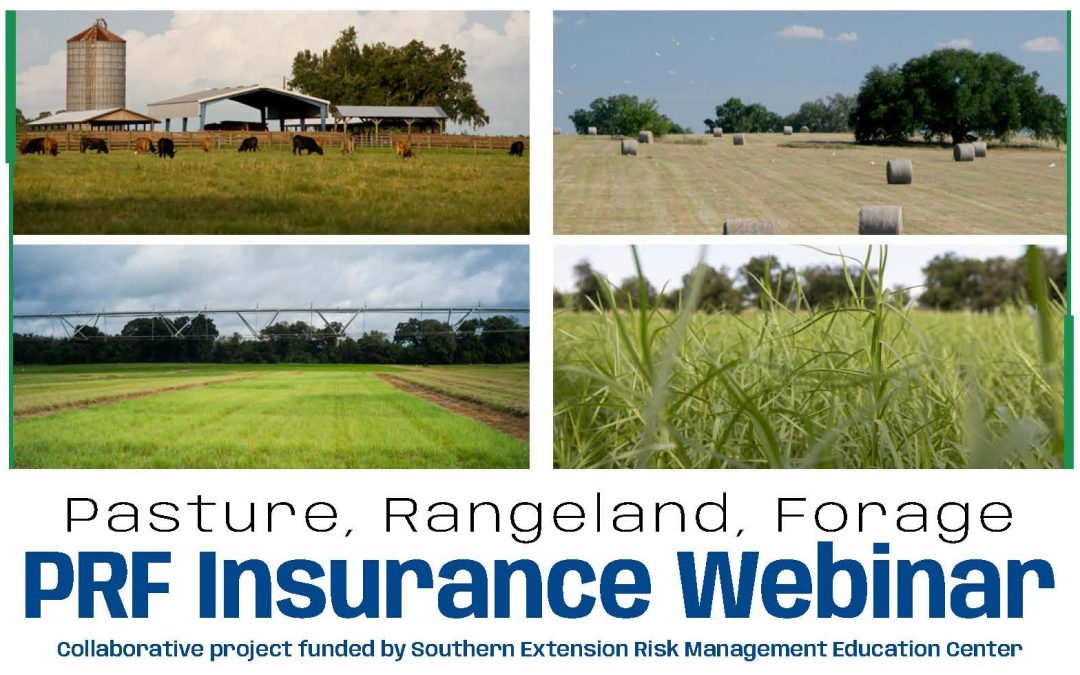
by Hannah Baker | Aug 29, 2025
Cattle and forage producers have no control of rainfall — or the lack thereof. While producers can’t physically plan for drought in the field, there is a way to plan financially for increased feed costs through the United States Department of Agriculture’s...
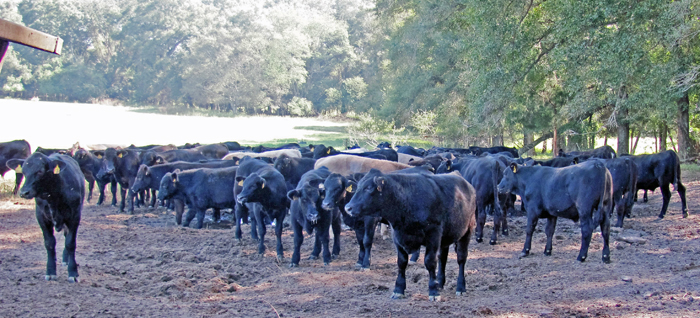
by external | Aug 22, 2025
Derrell Peel, Oklahoma State University Extension Livestock Marketing Specialist Feeder cattle prices continue to push to unimaginable highs leaving producers and traders increasingly nervous. Last week, in Oklahoma auctions, 500-pound, M/L #1 steers brought...
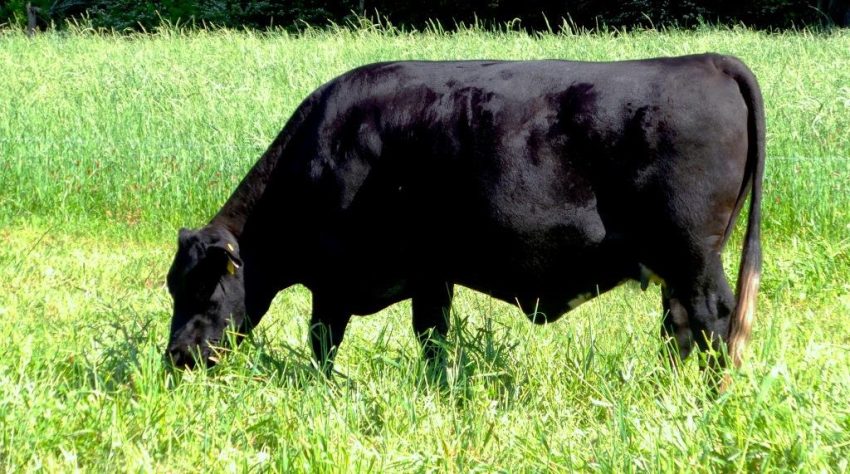
by Mark Mauldin | Aug 22, 2025
If you are raising livestock in North Florida, cool-season forages are an opportunity that you do not need to miss out on. Our winters here are mild enough that we are able to grow a wide variety of annual forage crops through the winter. Doing so allows for...
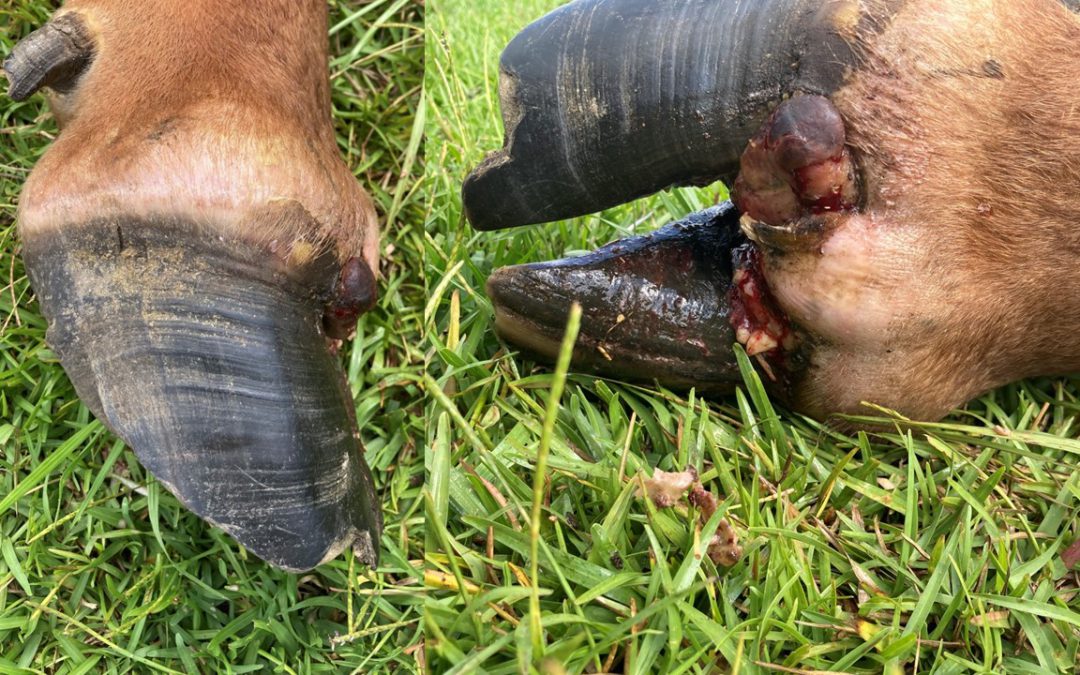
by Kalyn Waters | Aug 15, 2025
Brett Capra, University of Florida, Senior in Animal Sciences & UF/IFAS Extension Intern with Kalyn Waters Yep, it’s hot! And everyone is feeling it. From the sweat on our brows and cattle in the ponds, there is no question we are in the “heat” of the summer...
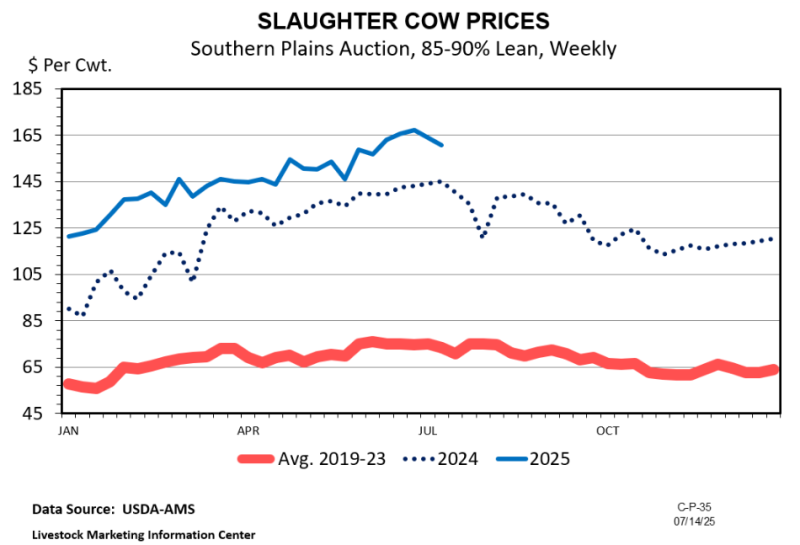
by external | Aug 8, 2025
Kenny Burdine, Livestock Economist, University of Kentucky Cattle markets have been impressive across the board in 2025, and cull cow markets have been no exception. The monthly average price for 80-85% average dress boning cows in Kentucky set a record in June and...
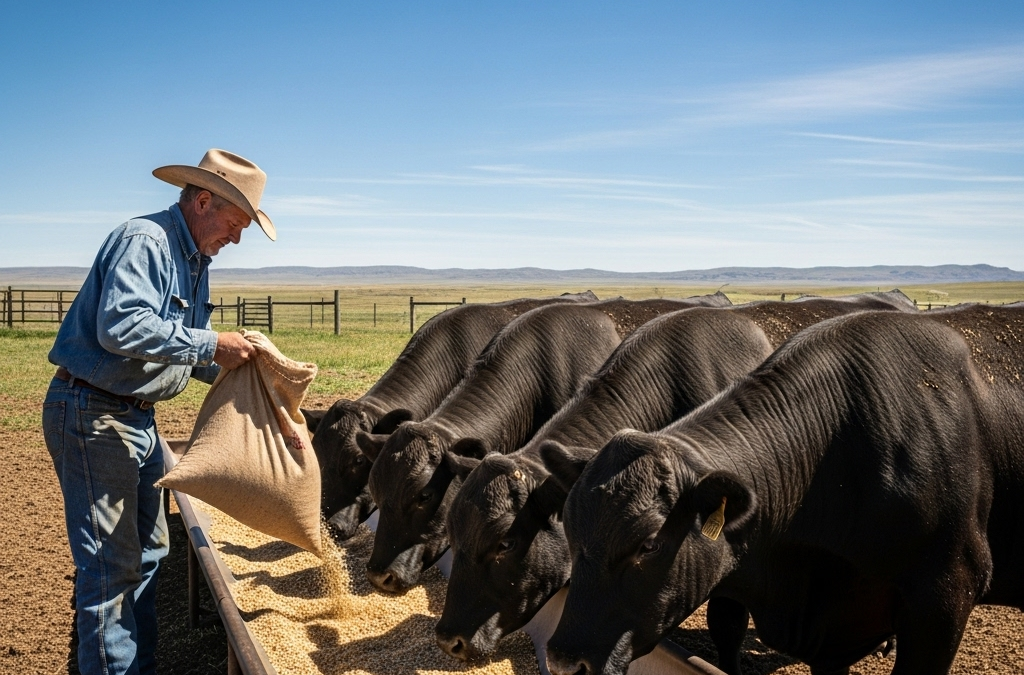
by external | Jul 31, 2025
Mark Z. Johnson, Oklahoma State University Extension Beef Cattle Breeding Specialist Cattle producers who finish their own calves or consumers who purchase a finished steer often face the question, “How much beef they will take home after the harvest and...







